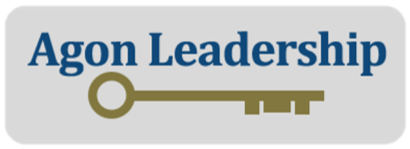Catch People Doing Things Right
Effective leaders have a heart for helping their followers succeed. They truly care about the people on their team. They believe that all staff members are essential to achievement of the organization’s goals. However, many employees do not feel cared about. This hurts business productivity and the employees’ workplace engagement, personal health, and quality of life.
Let’s consider some facts about the human element at work:
- The #1 contributor to employee job satisfaction is feeling valued and appreciated at work.
- One of Pat Lencioni’s 3 Signs of a Miserable Job is feeling anonymous, invisible, or generic.
- 83% of employees report that they do NOT feel valued or appreciated at work.
- 65% of employees have left a job to get away from a toxic boss.
We can help others feel visible and appreciated at work by letting them know they are doing some things right. This requires that we:
- Pay attention to what our staff are doing.
- Notice what they are doing right.
- Communicate to them sincerely, clearly, and specifically what they are doing right.
During a new employee’s first day on the job, you can hopefully praise them for being on time, or early, for being appropriately dressed, and for promptly and legibly completing the new hire documents. Of course, you aren’t going to announce these expected things over the PA system, but let your new hires know you noticed and value their positive actions. “Thank you for arriving on time. We value the habit of being ready to start work at 8:00.” Or, “Thank you for bringing all the information you needed to complete the new hire process. We like to get new employee files completed on your first day.”
With experienced employees, you can praise them for a positive attitude, for getting the McGill project report sent out two days before it was due, or for taking time to help Bob fix the formula problem with the analysis spreadsheet.
Every staff member must be doing something right. If you can honestly say that some staff are not doing anything right, why are they on your payroll? If they were a right hire, train them; if not, dismiss them. Everyone worth paying deserves to be regularly caught doing some things right and hearing about it so they know they are noticed and valued. This creates a win/win for the individual’s quality of life and the organization’s bottom line.



